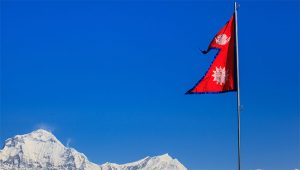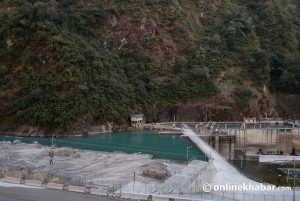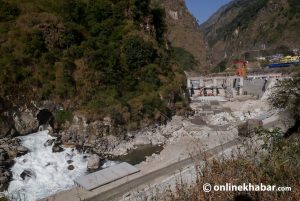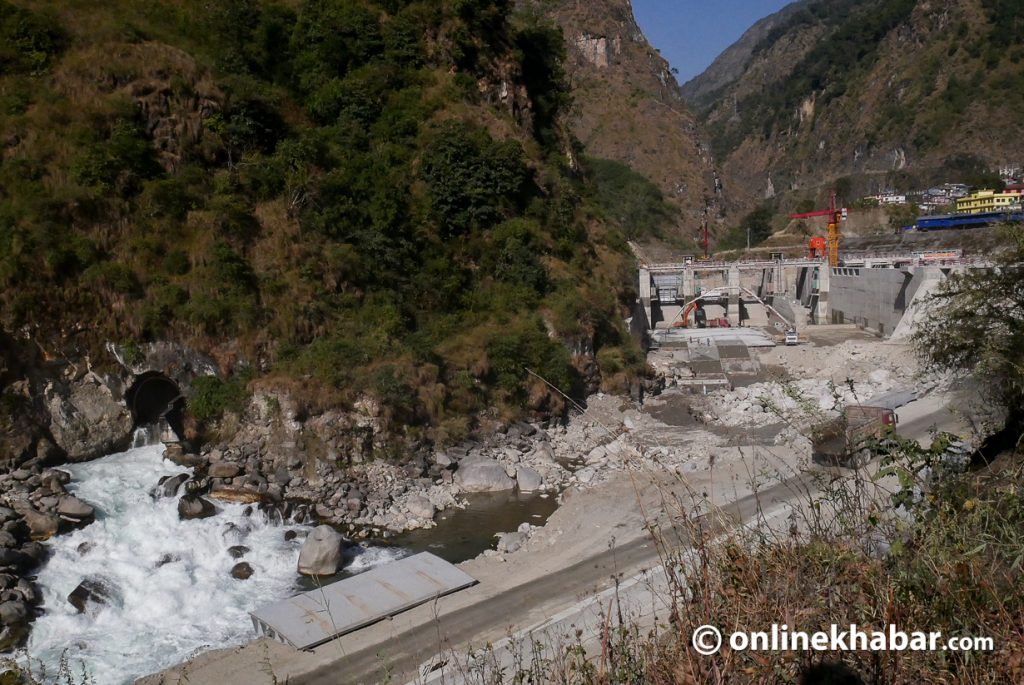
Nepali conservationists have expressed outrage over the Ministry of Forest and Environment’s recent proposal to scrap existing guidelines through the backdoor to make it easier for developers to build large-scale hydropower projects inside the country’s protected areas.
A draft of the proposal, titled “Construction of Physical Infrastructure Inside Protected Areas (Procedures),” was recently posted on the ministry’s website; if it is implemented, hydropower developers will be allowed to build projects entirely inside protected areas, release only a fraction of the water in the river during the peak dry season compared with prevailing provisions and acquire land for developing power projects inside protected areas more easily.
All of these changes are not only legally erroneous but also stand to risk conservation gains made in Nepal in the past few decades in the face of climate change, experts say.
“First of all, there are many legal flaws in the new document,” said lawyer Dilraj Khanal, who specialises in natural resources. “It goes against the spirit of the Constitution as well as the National Parks and Wildlife Conservation Act,” he added. These laws are promulgated by Parliament and the government can’t make backdoor procedures that go against their spirit, he said.
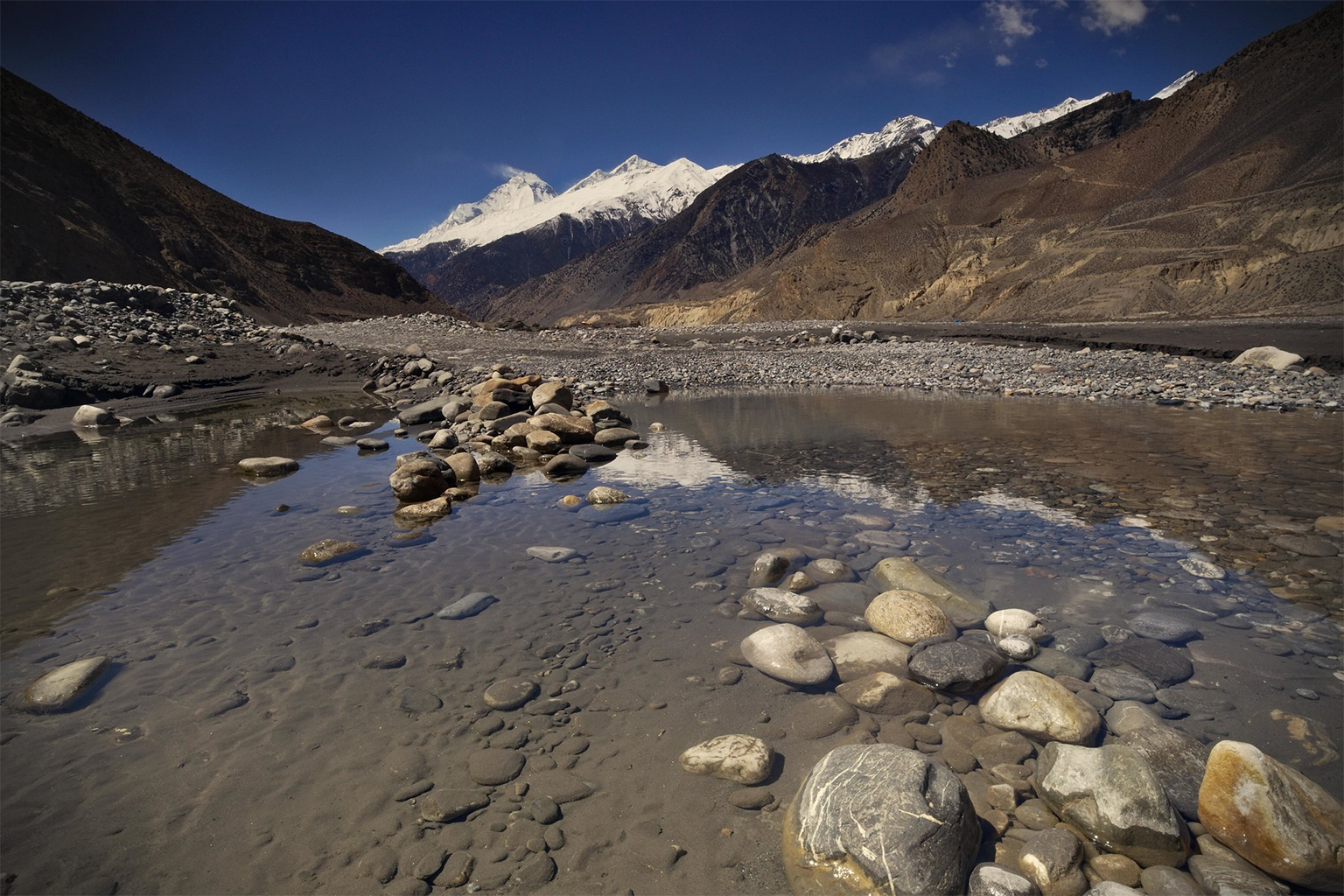
Article 30 (3) of the Constitution states that there should be a balance between environment and development. Similarly, section 5 of the National Parks and Wildlife Conservation Act prohibits the use of explosives and damming of rivers inside protected areas.
Conservationist Hem Sagar Baral, who recently wrote to the ministry cautioning against the implementation of its provisions, said that while he recognises the country’s development aspirations,
“It is crucial that progress be pursued in a well-planned and sustainable manner — one that harmonises development with nature conservation.” He added that the government cannot go on developing hydropower without assessing how much energy the country needs.
“These protected areas in the country have been painstakingly protected by both the government and local communities for over five decades,” he said. “Any large-scale interventions within these areas are likely to have adverse effects on both biodiversity and the well-being of our citizens.”
Nepal is home to 12 national parks, a wildlife reserve, a hunting reserve, six conservation areas and 13 buffer zones extending from lowland Terai to high mountains, covering 23.39% of the country’s total land area, according to the Department of National Parks and Wildlife Conservation. While local communities were displaced to establish national parks in the southern lowlands, people continue to live inside some national parks and conservation areas, such as Sagarmatha (Mount Everest), Langtang and Annapurna, famous worldwide for their scenic trekking routes.
The new document is intended to replace its predecessor framed and implemented 15 years ago. The old document bans the development of any power project that entirely occupies an area inside a national park or a protected area.
However, the old document allows a concession to local communities to build plants of up to 1 MW (provided they are not connected to the national grid) for local use. It states that at least 50 per cent of the monthly natural flow should be maintained in the river during the peak dry season after the water passes through the hydropower plant.

The old document states that for every 100,000 trees felled for a project, 25,000 need to be replanted in an area equivalent to the area occupied by the project as specified by the authority concerned. Developers should look after the trees for five years, or provide a lump sum amount to the authorities to do so on their behalf.
The new document, however, opens up the possibility to develop hydropower projects of any capacity (even above 100 MW) entirely within the premises of a national park or a protected area. As it allows power project developers to pay their way out of the whole process of procuring land and planting trees to compensate for the trees cut during project development, it could indirectly promote the buying and selling of land inside protected areas, a ministry source familiar with the document told Mongabay.
According to the new document, hydropower projects with an installed capacity of 100 MW or above falling entirely within a conservation area will be allowed to release as little as 10 per cent of water in the river during the peak dry season. This is not adequate for aquatic species downstream, experts say.
Baral said that opening up protected areas for hydropower development is not a good idea, especially under the looming threat of climate change.
“The recent incidents in Sikkim and our own Melamchi flood in 2021 serve as stark reminders of the unpredictable impacts of climate change, which pose a considerable threat to our investments and infrastructure security,” he added.
Conservationist Raju Acharya from the NGO Friends of Nature said the provisions in the proposed procedures could spell disaster for conservation in Nepal. “Infrastructure developers have been ignoring conservation guidelines in the country for a long time,” he said. “If the procedure is approved, they will be emboldened further,” he added.
Ajay Karki, spokesperson for the Department of National Parks and Wildlife Conservation, said that legal flaws in the document, if any, fall under the ambit of the law ministry.
He added that the document does not introduce anything new but only documents what’s already there. Asked if it goes against the spirit of the Constitution in that there should be a balance between development and the environment, Karki said the provisions bolster the balance, not upset it.
This story first appeared on Mongabay and Onlinekhabar is republishing it under a Creative Commons licence.






